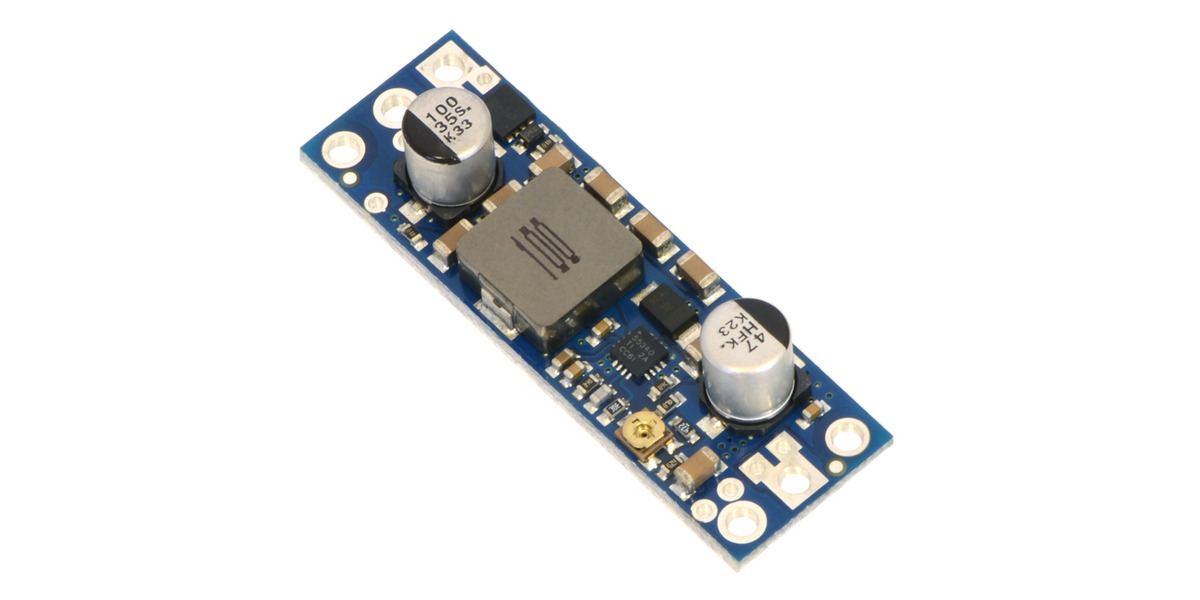My first battery bank is using this type of active balancing. I originally had it set to run balancing all the time when the cells are over 2.9 volts. My cells are NCM and I never run them below 3.5 volts, but that is similar to running LFP down to 3.1 volts. The way my battery is built, I have the wide factory buss bars tying the cells together, except for between cell 10 and cell 11 where it has a fairly short (under 18 inches or 0.5 meter) #2 awg cable. At 80 amps, this junction does drop about 6 mv more than the short and wide buss bars. This was certainly causing the balancer to kick in and try to pull up both cells 10 and 11I can certainly see this actually causing the cells to be pushed out of balance.
I have made 3 changes to stop this from happening. The first big one is setting the BMS balance threshold to a little higher than the difference I am seeing due to the greater voltage drop on the cable vs the buss bars. The more equal all of your buss bars are, the less important this will be. My second step was paralleling a second cable, but I didn't have more #2 so I used a #4 cable. That was enough to reduce my voltage drop difference to only 5 mv. So I set the balancer to 0.008 or 8 mv. Then the last change I made, was it only balances when the cells are above 3.6 volts. That would be like 3.2 on LPF cells, but LFP has a much flatter curve in this area, so setting it up to more like 3.3 or even 3.4 volts may work better.
The one issue I see when working with LFP cells, is that you do need to run them over 80% charged o get above the knee to get a good top balance. From 20% to 80% charged, the voltage of LFP cells changes so little, it is really hard to ensure their true state of charged is balanced.
The biggest take away I get from a lot of the battery balancing talk is that there is no replacement for well matched cells. In my case, even a tiny resistance of under 0.002 ohms is enough to make the balance see a difference. As it turns out, my cells are incredibly well matched to each other, so balancing on this pack has never been an issue, but my cheaper E-Bike battery is a completely different story. I know that pack has 2 cells that are weaker than the rest, and no amount of balancing is going to keep them from being the runners on both ends of the charge curve. Solar storage, and E-Bike power are completely different use cases. I found that bottom balance on the E-Bike is far more important, because I do run it down until it quits quite often. So I bottom balanced as good as I could with those two weak cells, but then I have to terminate charge when those two become full. The rest of the cells never exceed 85% charge. I don't want to use a balancer on that pack any more, because it pulls those weak cells down. I need them full. Ideally, it would possibly help range, if a balancer could push energy to those weal cells when they start to get low, but that is the opposite of a balancer running only above a set voltage. The BMS I use on the E-Bike now is just a dumb one that shuts off when a cell goes low, and only has a weak 30 ma balance, that I never hit as it does not pull down until a cell goes over 4.15 volts.
The real sad part about cells that are not well matched is that the matching will typically only get worse. If there is a cell with only 85% capacity, that weak cells is being forced to work much harder. With perfect balancing, the weak cells is being pushed higher and pulled lower on every charge cycle. I think the problem can be reduced for Solar Storage use with a solid top balance, and making sure the weakest cells only go up t 85-90% and don't go below 40%. The stronger cells will still run in a smaller range, but this should maximize the life of the weak cell.
I have not tried this yt, but when I was looking at the 280 AH LFP cells, my thought was to add smaller LFP cells in parallel to bring up the capacity of any cells that measured lower capacity. Just a 3% capacity difference on a 280 AH cell would be an 8.4 AH difference in capacity. You can easily find 18650 LFP cells in capacities of 1 AH to 3.5 AH. So you just parallel a few 18650's to get the total cell capacities to match up. Maybe even over shoot a little so the already weak cells ends up cycling a little less. Tack on 3 x 3 AH cells, and you get 0.6 AH more than the true measured 280 AH cell.



